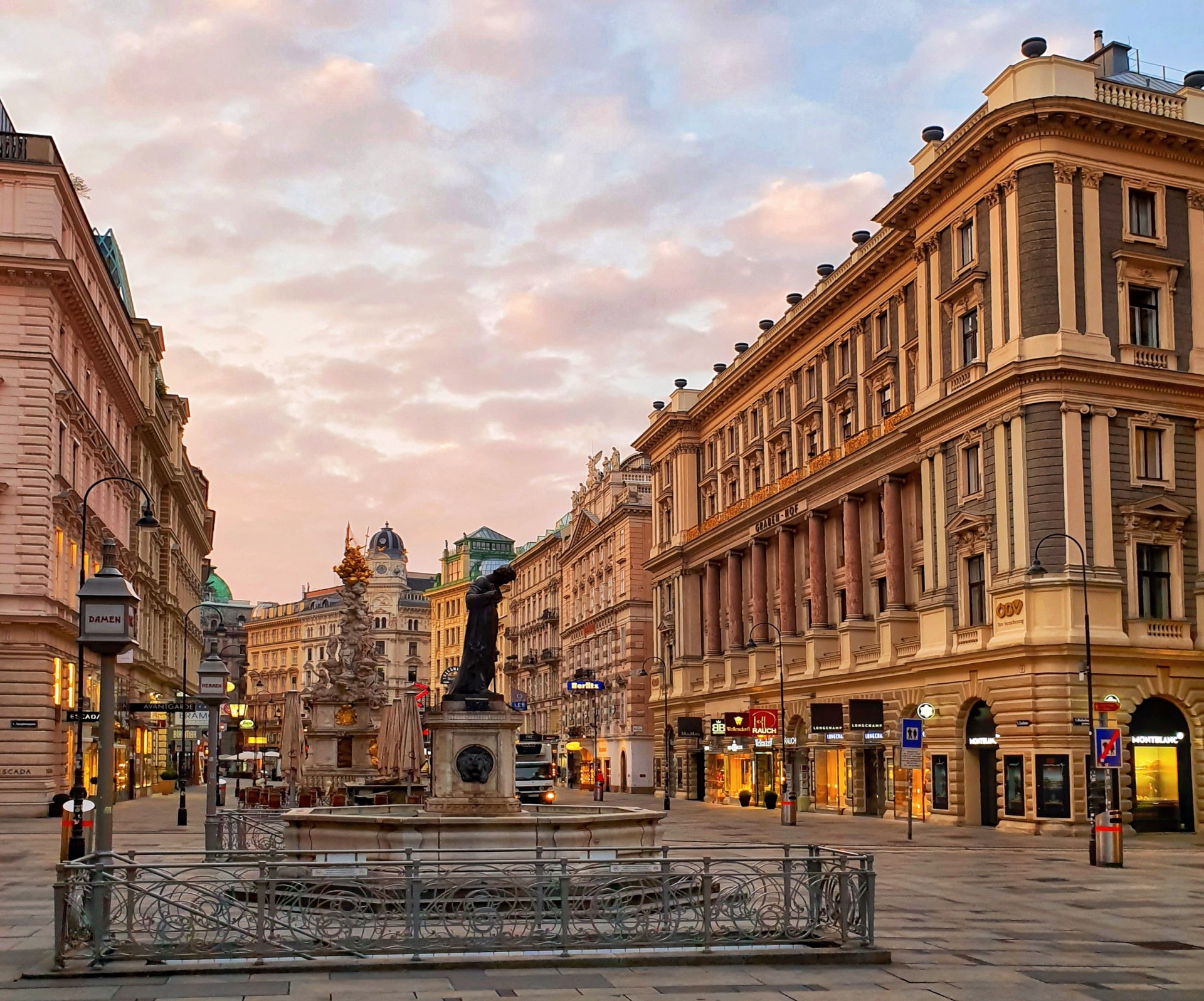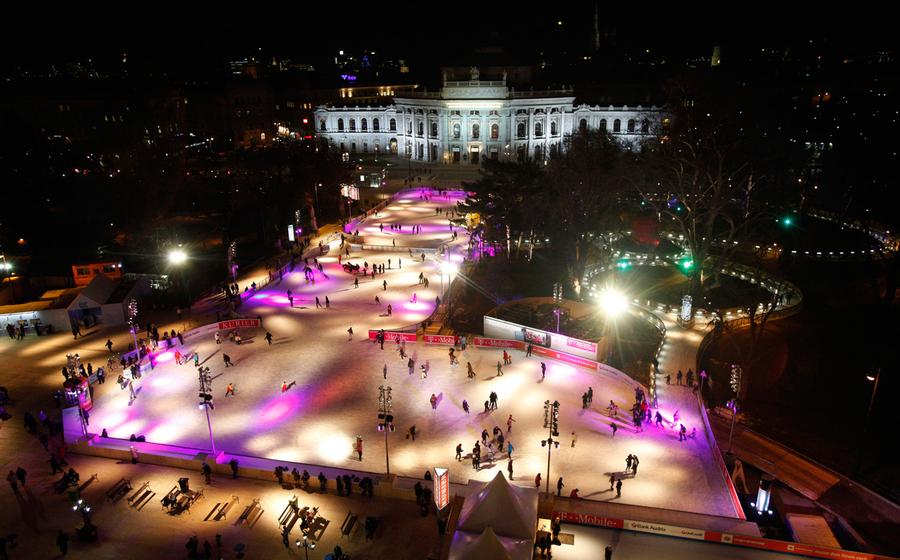
The share of electricity consumed by private air conditioning systems in 2012 amounted to 13% of the electricity consumed per year for air conditioning and mechanical ventilation in Vienna. However, the purchase of electrically operated small air conditioning systems has increased in recent years.

In Austria, the electricity consumption for air conditioning and mechanical ventilation increased in the period 1995–2012 from 27.1 GWh/a to 210.3 GWh/a. For 2020, cooling energy demand in the EU-15 was projected to be 115,000 GWh/a, more than 4.5 times higher than in 1990. In Europe, the cooling energy demand is steadily increasing. The topic of cooling becomes of increasing importance for the overall energy demand. The mostly electrically powered air conditioning systems also contribute to the use of fossil fuels as power generation only slowly shifts towards renewable energy systems. Air conditioning systems further add to the urban heat island effect (UHI) as the waste heat generated by these systems increases local temperatures in tightly built-up areas. Especially in densely populated urban areas, the effects of heavily sealed surfaces and built-up areas can be mitigated by microclimatic measures such as green spaces, water areas, and natural ventilation. Summertime overheating is becoming an increasing challenge in this context as climatic conditions are changing and temperatures are steadily on the rise. The aim of the “Paris Agreement” is to limit the global warming caused by greenhouse gas emissions to well below 2 ☌ compared to preindustrial times.


WEATHER IN VIENNA NY SERIES
In a study undertaken for the City of Vienna, a series of passive design measures have been simulated with current and future climate scenarios in order to determine the most effective combination of architecturally driven actions to avoid the use of air conditioning systems in residential buildings whilst maintaining comfortable indoor temperatures. However, during the last decade, an increase in summertime temperatures and so called “tropical nights” has been recorded in Vienna and subsequently the postconstruction installation of air conditioning systems in residential buildings has significantly increased. This is mainly due to the fact that the Viennese summertime climate is still considered to be relatively comfortable and planning guidelines related to energy efficiency are already strict, resulting in high-quality buildings in regard to thermal performance. In the city of Vienna, air conditioning units are common in nonresidential buildings, but have so far been much less installed in residential buildings. Thus, one of the key measures to mitigate this effect is to limit the use of active cooling systems. The waste heat generated from the use of air conditioning systems in cities significantly contributes to the urban heat island effect (UHI) during the summer months.


 0 kommentar(er)
0 kommentar(er)
